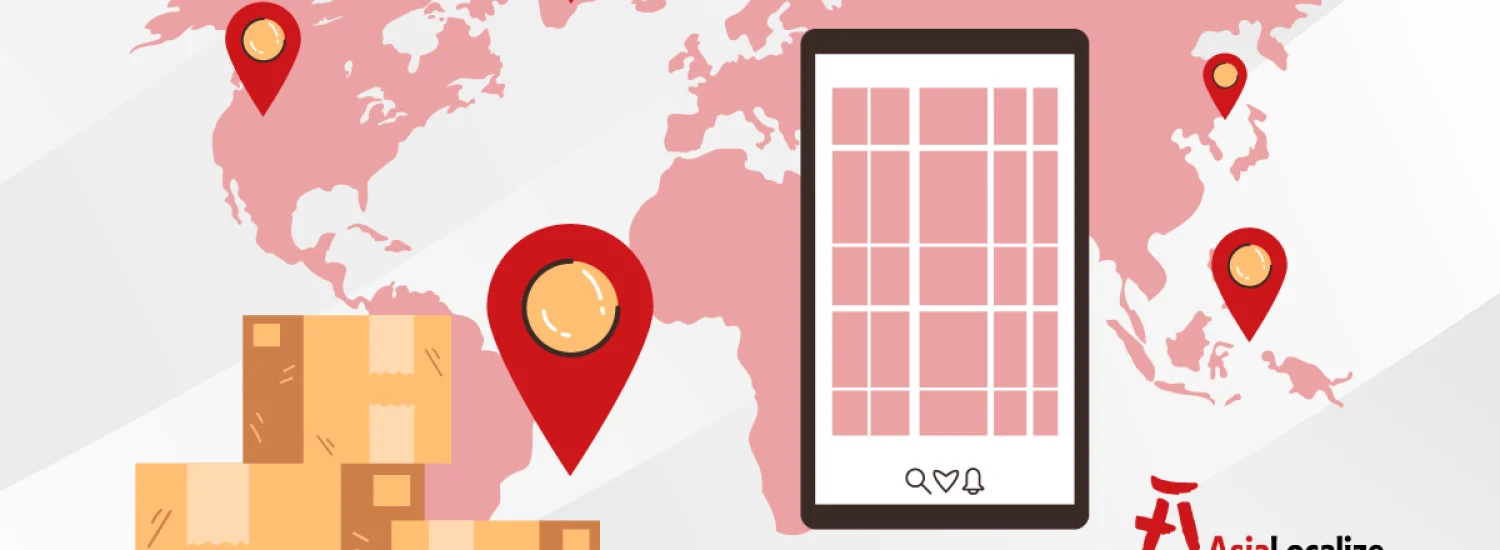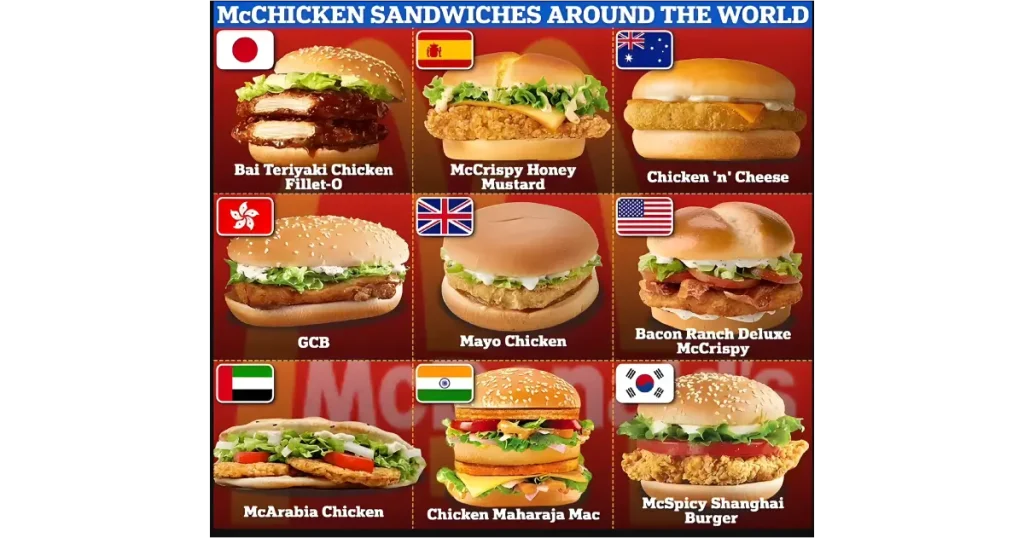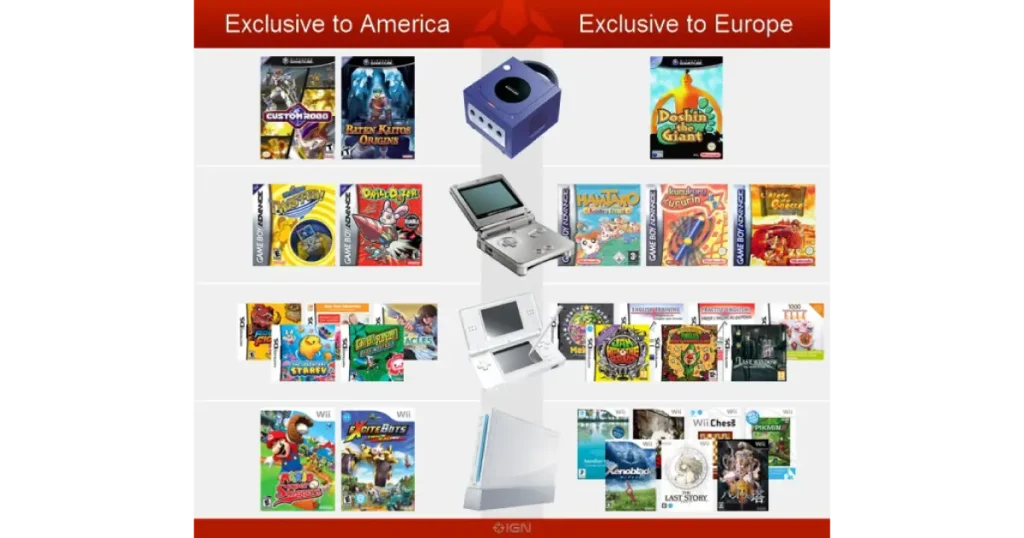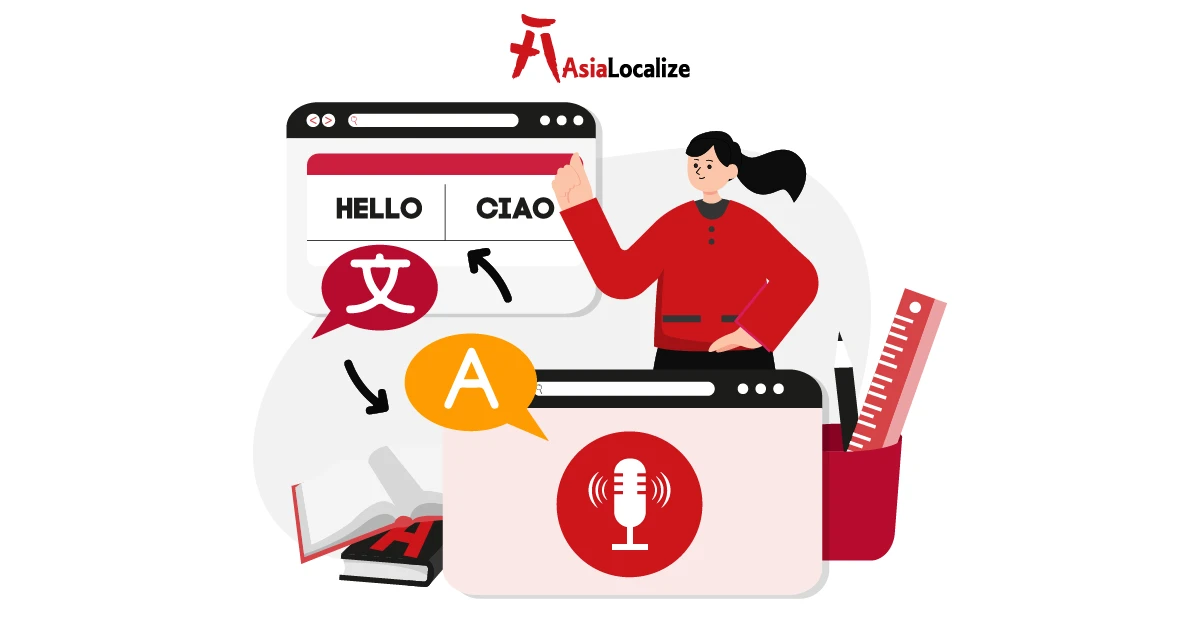Did you know that 50% of the countries listed as the top 10 for downloads and revenue in the App Store are non-English ones? Actually, 41% of the total app revenue stream is from Asia.
Product localization isn’t just a passing trend; it’s a necessity. Without it, businesses risk losing out on vast global opportunities, as today’s consumers expect products and services that align with their language, culture, and preferences.
Whether it’s software, a website, eCommerce platforms, or even physical products, adapting content and user experiences to cater to your target audience’s language and regional preferences is key to unlocking international success.
That’s why we’ve created this blog to break down the essentials of product localization and help you craft a strategy for seamless global expansion.
What is Product Localization?
The product localization process involves recreating a new version of your product to better reflect the target market’s cultural nuances, linguistic preferences, and regulatory needs.
Your product should look and feel natural to your target audience. From product manuals and multimedia content to product packaging and displaying the correct currency, many aspects should be taken care of in the product localization process.
Product Translation Vs. Localization
While many use the terms “L10n (Localization)” and “translation” interchangeably, it’s important to note that translation is just one step in the broader localization process.
Localization is beyond mere converting a language to another. Sometimes, you may need to change your color palette in the localization process, which may sound offensive to another culture.
Even more interesting, you may need to modify your product itself to better align with the target audience’s tastes and preferences. For example, McDonald’s has changed their menu across countries to cater to local tastes.
Learn more about our marketing translation services and craft killer multilingual campaigns.
Importance of Product Localization
Talking business, product localization is integral for not only customer acquisition and global market penetration but also retention. Localization enhances your product’s user experience UX, resulting in customers who will stick to your brand.
Need a proof?! Stats speak louder than words. See for yourself:
40% of consumers will never buy from websites in foreign languages, and 76% prefer to purchase products/services in their native language.
| 64% of customers value localized content. |
Product localization is not just about enhancing user experience; it’s a direct driver of revenue growth. Companies that embrace localization experience a substantial revenue increase of 20 to 30%, according to Nimdzi Insights.
| Discover how our business translation services can provide you with precise market-specific content that drives results. |
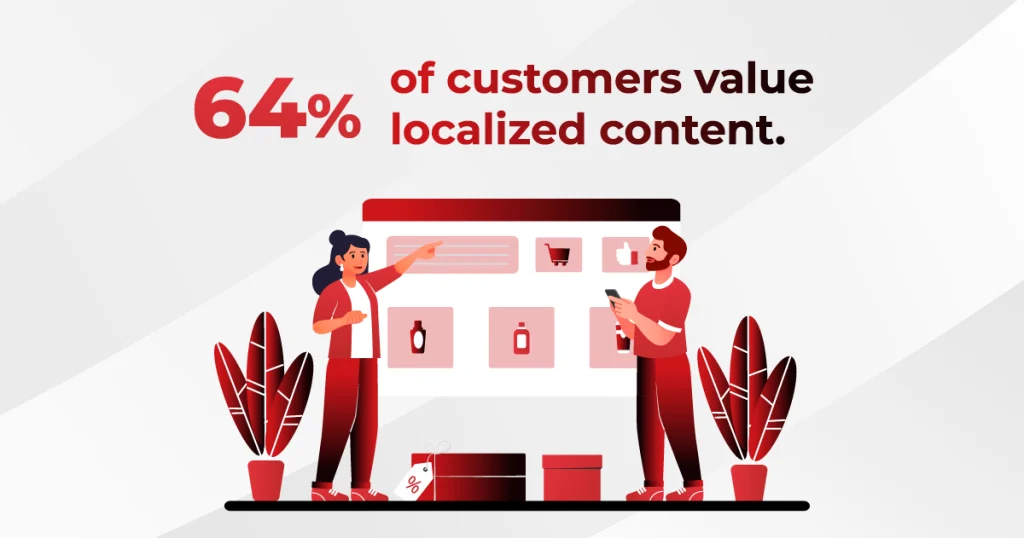
The Product Localization Process
The localization process encompasses several critical steps, from initial market research to rigorous testing and quality assurance. Each phase is designed to address the unique nuances of local cultures and preferences to connect meaningfully with your target audience.
Conduct a Market Research!
There is no skipping this step; conducting thorough market research is the foundation stone of your global expansion approach.
At this phase, you will get a clearer picture of who your target audience really is, their pain points, language, and cultural preferences, and even whether your product is suitable for them or not.
Don’t assume that your product would receive similar reactions in your target market as your local one.
Also, you will understand the competition and its strengths and weaknesses, enabling you to use solid tactics to break through the market.
Internationalization (I18n): Pave the Way for Localization
I18n (Internationalization) is the process of preparing your product for a smooth localization to support linguistic diversity and formats.
From using Unicode to accommodate right-to-left languages to choosing a framework for exporting hard-coded string identifiers, many aspects shouldn’t be overlooked for a seamless localization and globalization strategy.
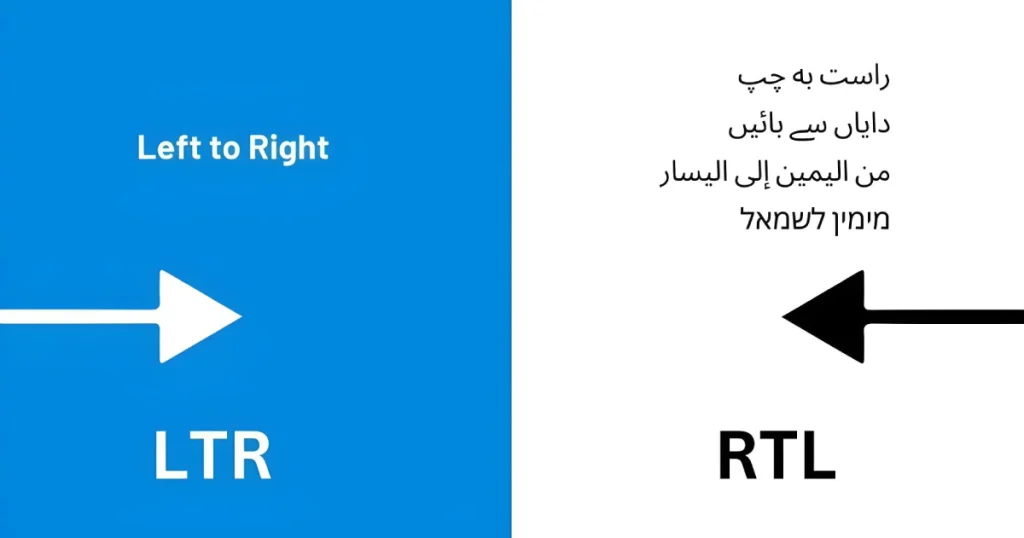
Content Adaptation: Control How Your Product Is Perceived!
Content adaptation could determine the success or failure of your global product. At this step, you won’t only translate text, but so many elements should be taken care of to adapt the whole experience to align with your target audience’s expectations.
Software Localization
From adapting visuals, colors, date, and time formats to layouts and all software UI elements, localized software should maintain a user-friendly experience.
To avoid ambiguity in translation, translations should capture the intended meaning of the source language rather than translating word-for-word into the target language. Regional idioms and expressions are some of the examples that could go wrong if not approached appropriately.
Website Localization
As said, “the book is known for its cover”; the same applies to your website. Your potential user will experience your brand for the first time on your website, so make a strong first impression through website localization.
Website localization takes care of all textual and visual elements, including e-commerce product pages, product descriptions, units of measurement, and currencies.
| Get error-free technical translation services in the fastest turnarounds! |
Challenges of Product Localization
When expanding your product to new markets, navigating the localization landscape can be fraught with challenges. Here are some common hurdles along with potential solutions:
- Cultural Misalignment
What resonates with one audience may not have the same impact—sometimes even being inappropriate—with another. That’s why it’s imperative to prioritize cultural sensitivity and cross-cultural communication.
- Technical Constraints
Technical challenges arise when localizing software, particularly regarding software strings and scalability. Integrating multiple languages, accommodating right-to-left scripts, or adapting to various date and time formats can complicate the process.
Implementing a robust internationalization (I18n) strategy from the outset can mitigate many technical constraints. Ensure that your software architecture can support localization by using Unicode for character encoding and developing a system that separates text from code.
- Budget Constraints
Localization can be costly, and balancing budgets while ensuring quality can be a significant concern. Relying solely on machine translation may save money initially, but it often results in errors and costly delays.
That’s why considering a balanced approach that combines machine translation and human expertise, known as MTPE (machine translation post-editing,) could be your winning horse. Also, it’s better to establish a transparent budget allocation for localization that includes both initial translation costs and ongoing maintenance.
Nintendo: A Successful Localization Story!
The Japanese video game company Nintendo is a real example of how localization can be a game-changer. In 2024, they generated over 4 billion US dollars in the United States alone.
Rather than postponing the translation and localization processes until the end, they prioritize these steps from the very beginning, assigning the tasks to professionals right away. As a result, they have successfully provided the US market with a gaming experience that feels as though it was explicitly designed for them.
Best Practices for Effective Localization
- Prioritize Cultural Adaptation and Regional Preferences
Conduct in-depth research on the cultures and preferences of your target markets. Understand the values, traditions, and social norms that may influence how your product is perceived. Tailor your content, imagery, and messaging to resonate with local audiences, ensuring that it aligns with their expectations and sensitivities.
- Integrate Localization into Your G11n (Globalization) Strategy from the Start
Make localization an integral part of your product development and marketing processes rather than an afterthought. By planning for localization from the outset, you can streamline workflows and reduce costs associated with reworking content later on.
- Collaborate with Native-speaking Localization Experts
Partner with professionals who are not only fluent in the language but also profoundly familiar with the local culture. Native-speaking localization experts can provide valuable insights into cultural subtleties, idioms, and preferences that automated tools or non-native speakers might overlook.
- Focus on SEO and Keyword Research for Local Markets
Adapt your SEO strategy to match your audience’s local language and search behavior. Conduct keyword research specific to each market to ensure your content is discoverable and relevant.
Product localization can be daunting, but not for a professional translation and localization company. AsiaLocalize has been in the industry for over a decade, supporting thousands of clients in launching their products in the Asian markets.
With the help of our multidisciplinary team of experts in translation, design, and development, we can help you overcome the cultural, regulatory, and linguistic challenges on your way to your next Asian market.
| Enable your product to speak different cultures and languages in the fastest turnarounds. Get a free Quote! |

